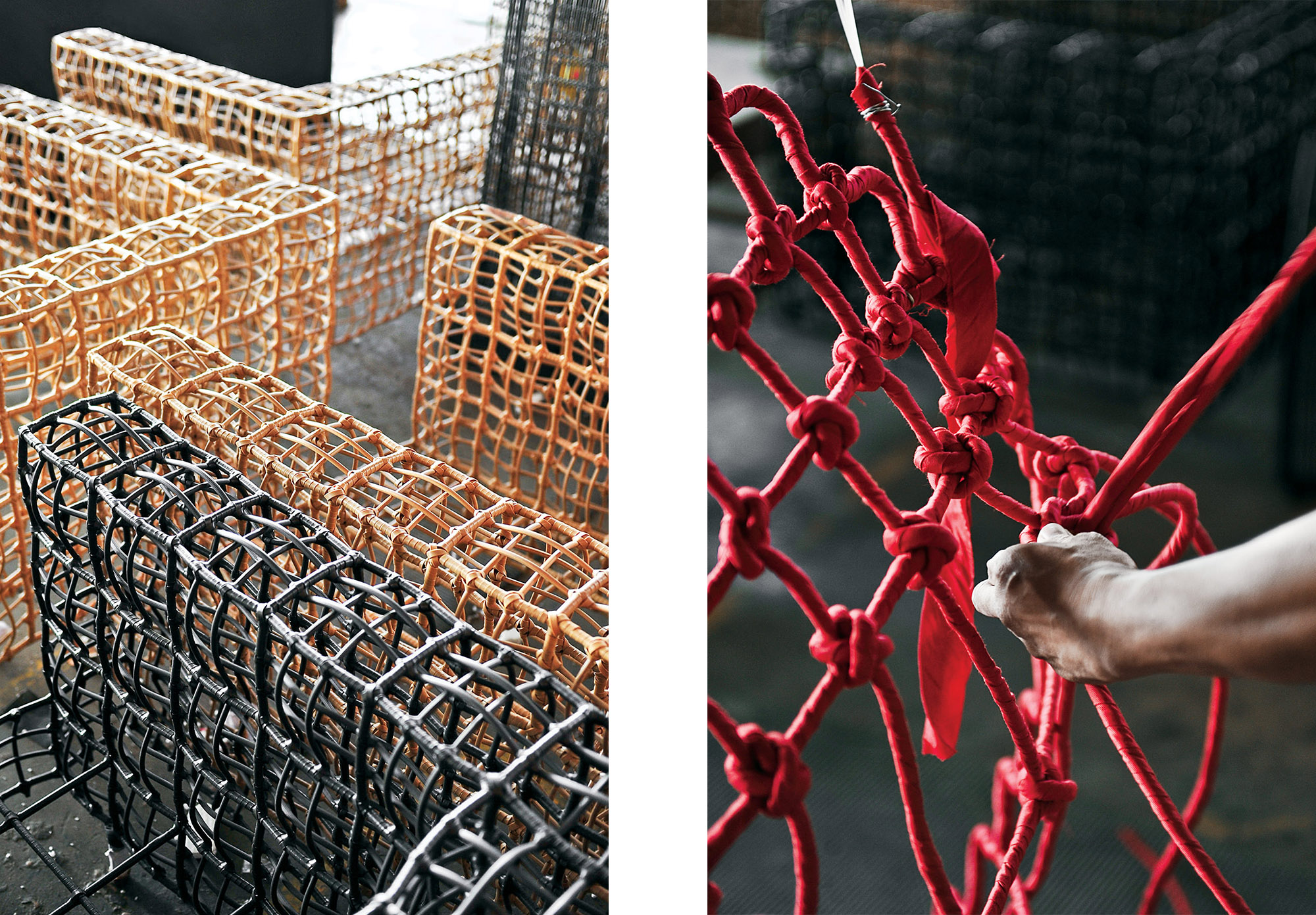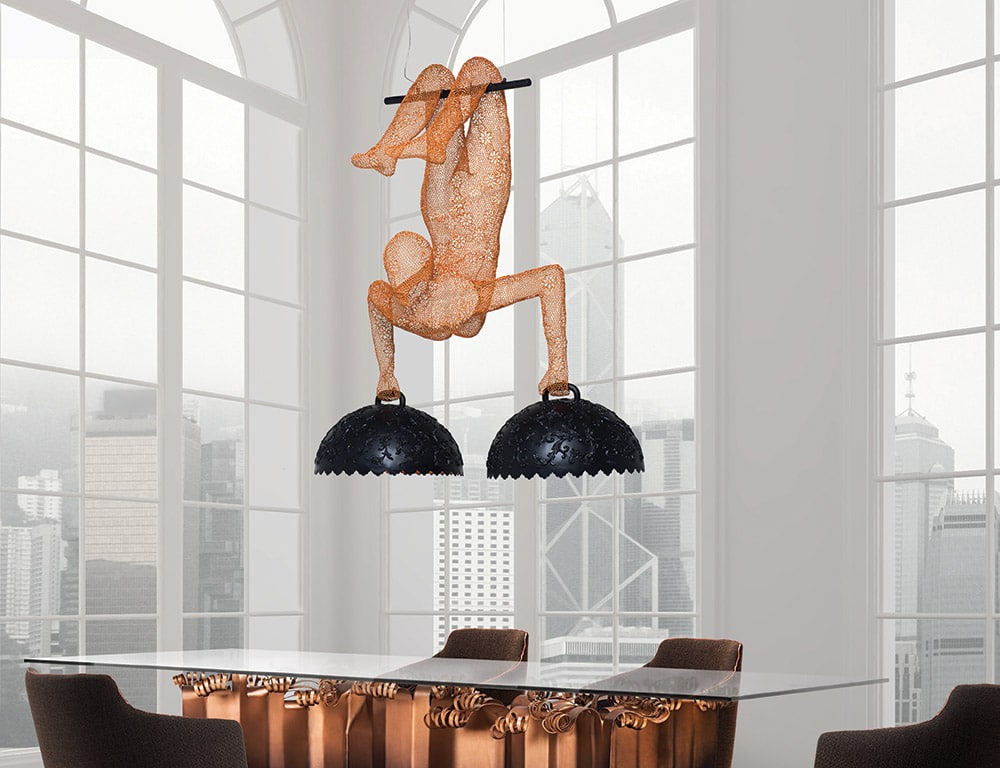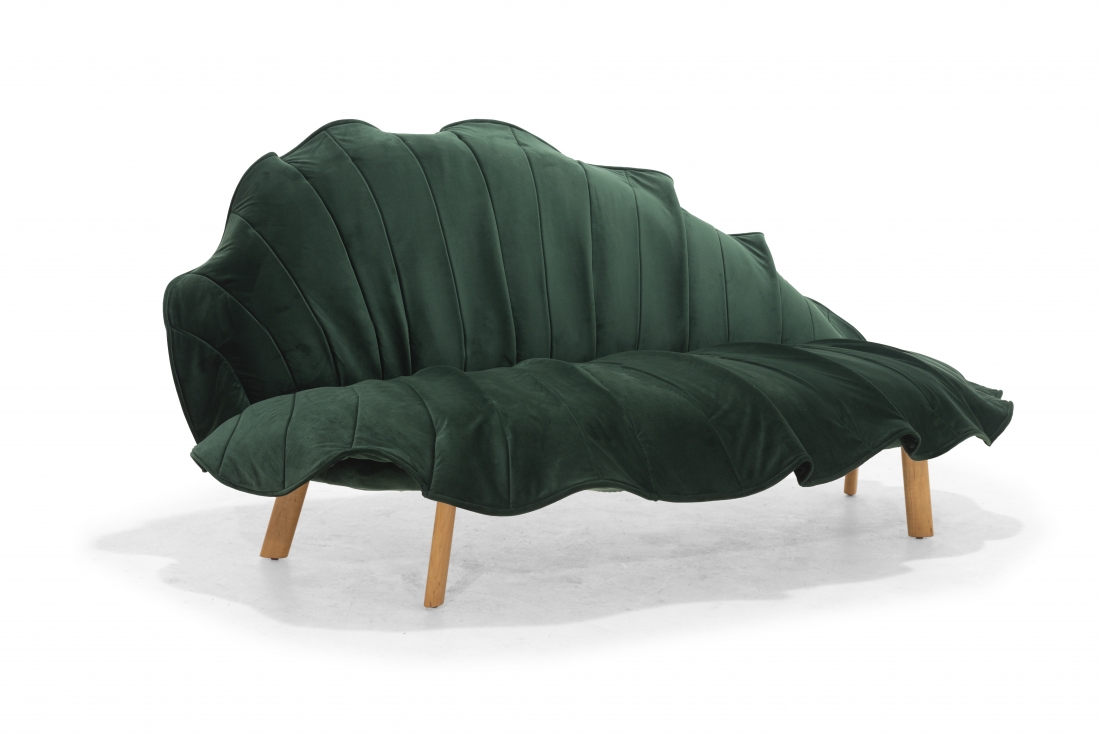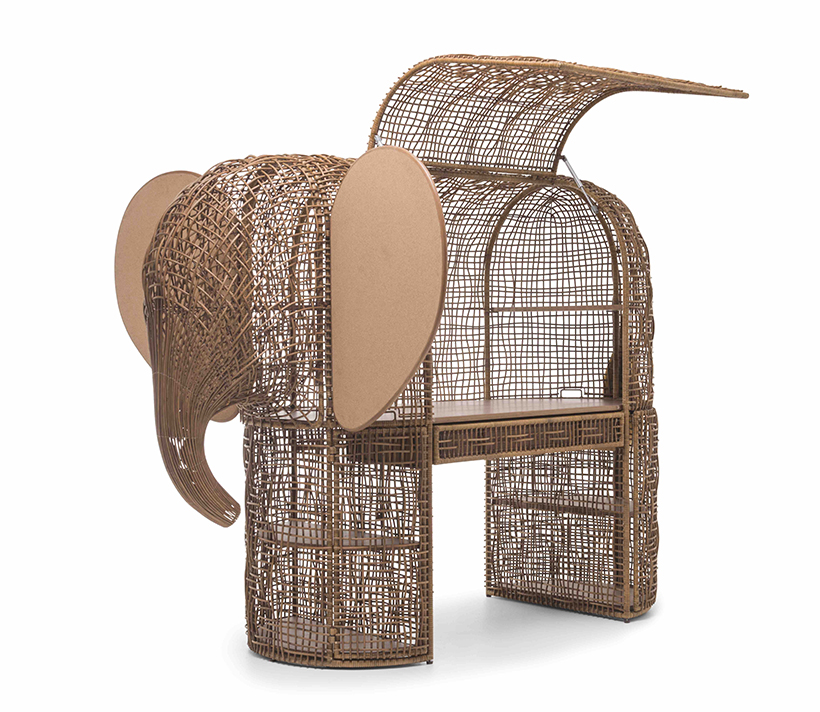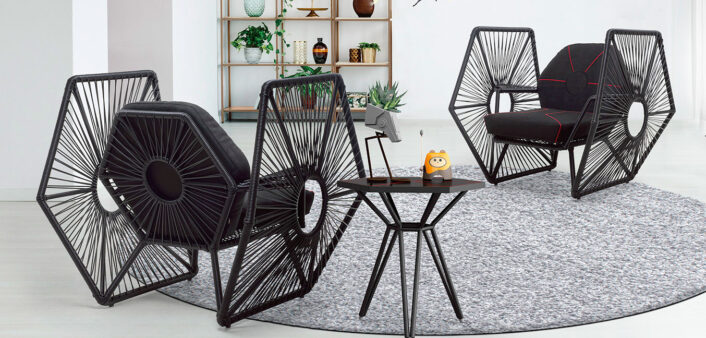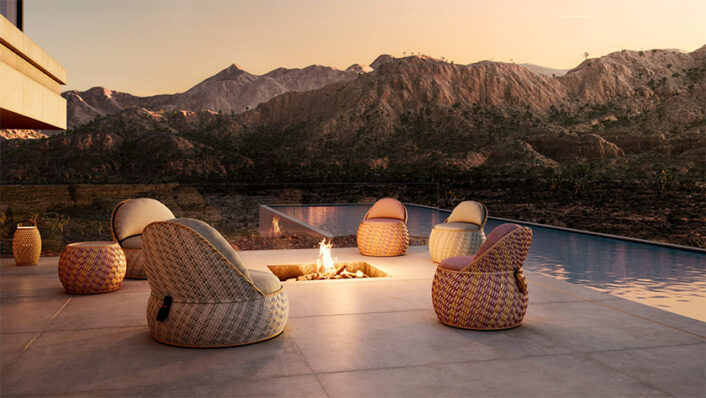Cobonpue and his design team typically start with a three-dimensional model in addition to a dozen swatches prior to building the actual model from rudimentary materials. In advance of building even one piece, a lot of experimentation and exploration of materials is necessary. He says (courtesy of an article for Nuvo Magazine by Shonquis Moreno), “But because the process is very three-dimensional, my designs have a sculptural and spatial feel. I think they would turn out very differently if I only worked on a computer or on paper.”
Cobonpue stays true to the lessons his mother taught him… that “originality, superb craftsmanship, and following his heart” is worth everything.

